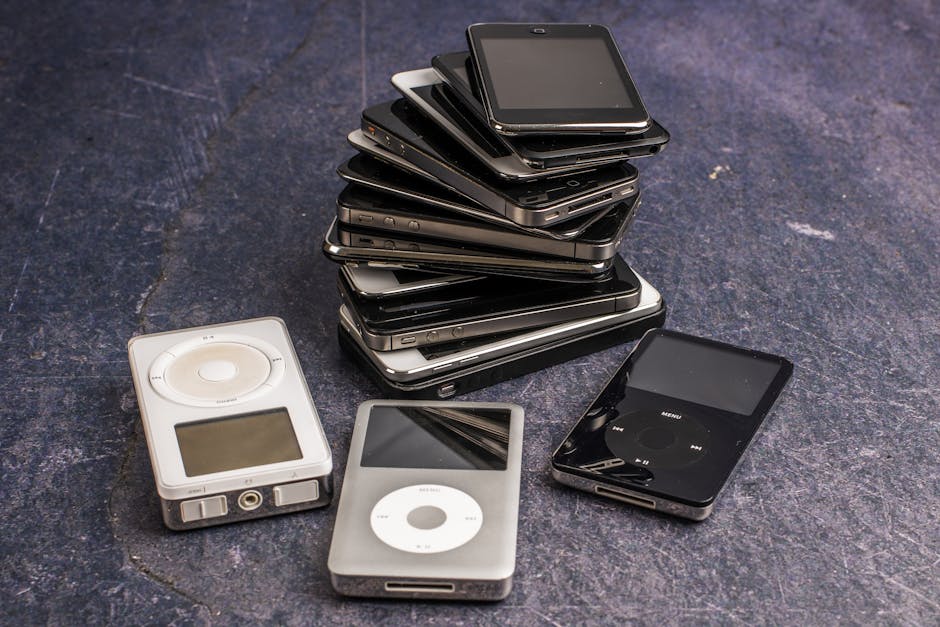The iPod Legacy: Transforming Music and Technology

The iPod Legacy: Transforming Music and Technology
The launch of the iPod in October 2001 marked a seminal moment in the history of technology and music. Apple's innovative approach not only revolutionized the way music was consumed but also set the stage for future advancements in mobile technology. This article explores the iPod's journey from a music player to a cultural icon, and the lessons it imparts for future technological innovations.
Revolutionizing the Music Player
Origins of the iPod: Faced with clunky and cumbersome digital music players, Apple's hiring of Tony Fadell and partnership with Toshiba led to the creation of a device that was both compact and powerful. The result was a player that could hold "1,000 songs in your pocket," a stark contrast to the limited capabilities of other music devices of the time. The iPod's intuitive click-wheel and seamless integration with iTunes set a new industry standard for user experience.
The Apple Ecosystem: A Strategic Masterstroke
Integration with iTunes: The iPod's success cannot be discussed without mentioning its deep integration with iTunes. This synergy was not just about hardware and software; it was about creating an all-encompassing music experience. The launch of the iTunes Music Store in April 2003, as mentioned in iLounge's iPod history, highlighted this strategy, making it effortless to purchase and manage music, thereby solidifying the iPod's market dominance.
Distinctive Marketing and Cultural Impact
Celebrity Endorsements and Iconic Marketing: Apple's sophisticated marketing strategies significantly shaped the iPod's identity. Collaborations with major music stars and memorable adverts, such as the silhouette campaign, did more than just sell a product; they created a lifestyle. This approach resonated globally, making the iPod synonymous with modern music consumption.
From Niche to Mainstream: The Gradual Evolution
The iPod's journey reflects a broader trend of gadgets morphing from niche innovations to mainstream necessities. As technology advanced, consumer expectations grew, leading to the iPod's features being integrated into more complex devices like the iPhone and iPad.
Understanding the lifecycle of the iPod offers invaluable insights into consumer behavior and technological adaptation, crucial for any future innovations in tech.
Comparative Analysis: Then and Now
Comparing the early 2000s with today's digital landscape reveals drastic changes in how users interact with technology. The standalone music player has given way to multifunction devices that offer streaming services, social media, and more, all in one place. The Wikipedia entry for iPod delineates this transition, illustrating a shift from dedicated devices to integrated functionalities.
Looking Forward: The Legacy and Future of Music Players
The discontinuation of the iPod line might suggest the end of an era, but it also signals the evolution of technology and user needs. Today's market demands greater integration—a trend that started with the iPod's melding of software with hardware. As we look to the future, the principles that made the iPod a success story—intuitive design, robust ecosystem, and strategic marketing—continue to guide the development of new technology.
In conclusion, the story of the iPod is not just about a device but about anticipation and adaptation. It is a testament to Apple's understanding of market needs and an inspiration for future technological innovations. As tech continues to evolve, remembering the lessons from the iPod era will be vital in navigating the future successfully.

